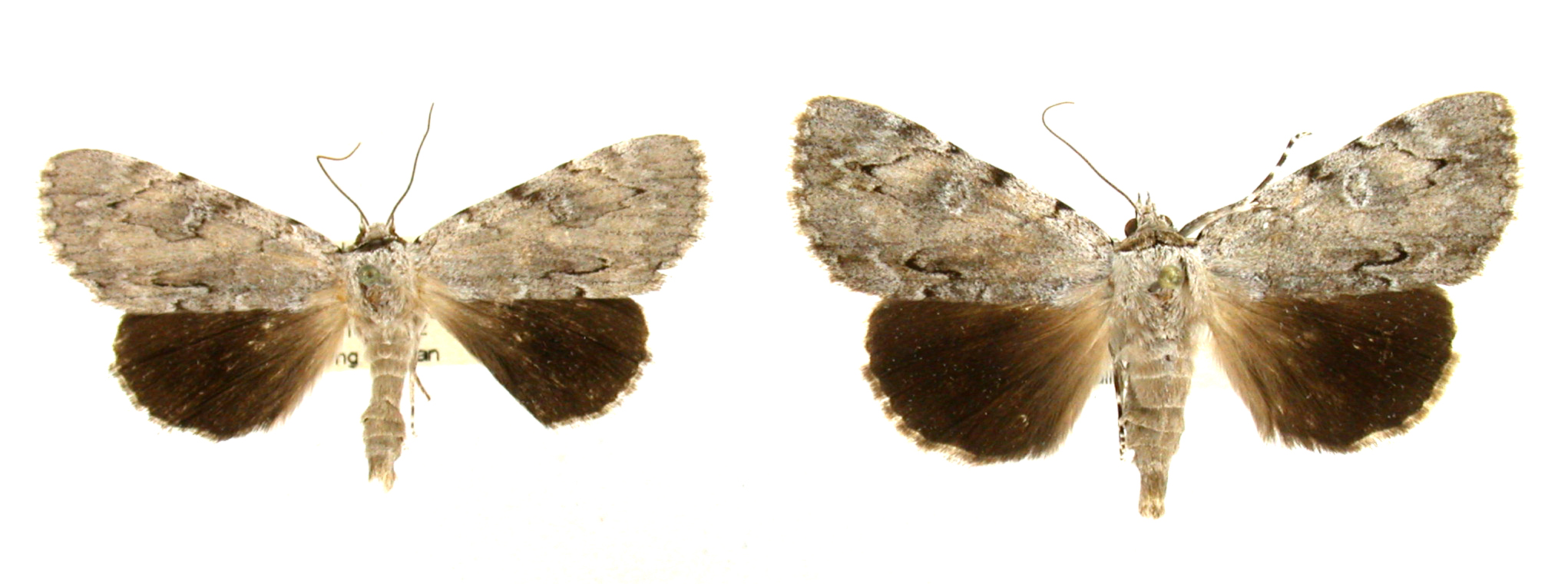« |
Home |  » » |
| View PDF | Erebidae Members: | Catocala Members: | 7 NC Records |
|---|
Catocala miranda Hy. Edwards, 1881 - Miranda Underwing |
 view caption |  view caption |
| Moths of North Carolina |
« |
Home |  » » |
| View PDF | Erebidae Members: | Catocala Members: | 7 NC Records |
|---|
Catocala miranda Hy. Edwards, 1881 - Miranda Underwing |
 view caption |  view caption |